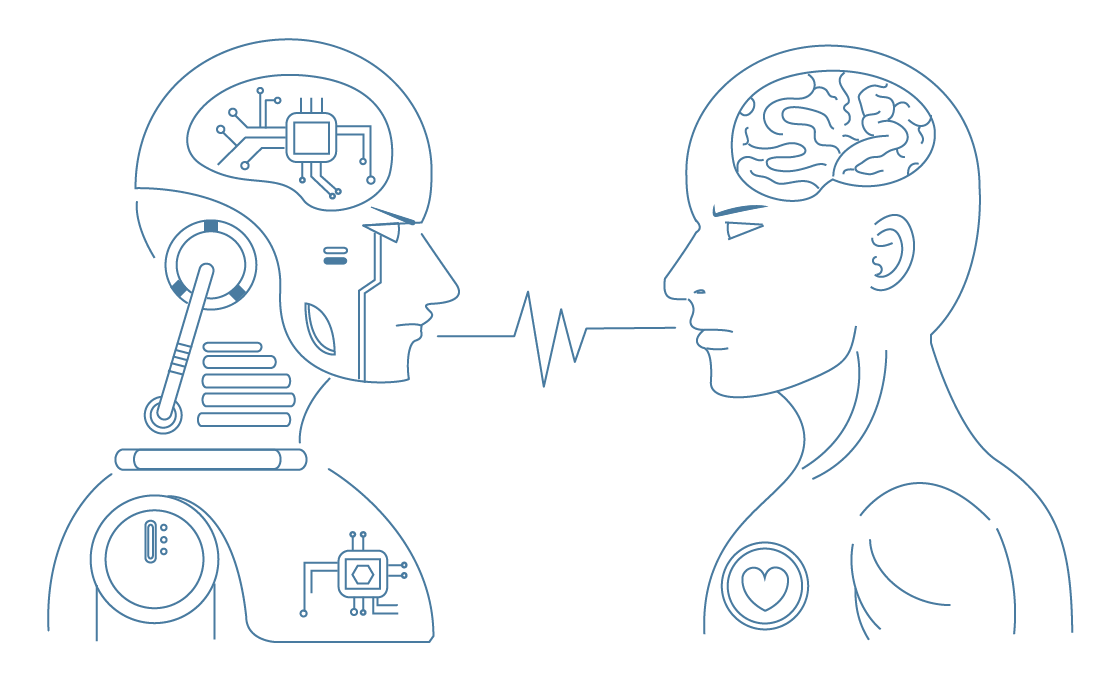This website uses cookies to improve your experience. We\'ll assume you\'re ok with this, but you can opt-out if you wish. Read More
Researchers at SAIL have a long history of studying how humans interact; in fact, they were the first to look at how children with autism interact with robots. Through signal processing and machine learning on images, we were able to track positive and negative child-robot interactions; this work relied on measuring proxemics, i.e., the distance between the child and robot and location in the room. In another experiment, the uncertainty of children interacting with a virtual tutoring system was quantified based on their vocal expression. Today, approaches to modeling human-computer interaction (HCI) have found far-reaching applications in car vocal command systems, SIRI, Amazon Alexa, and Google Home. Behavioral Signals builds on this expertise to create emotional awareness for the next generation of home assistants and robots.
Whitepaper on Behavioral Signal Processing

Discover more on Behavioral Signals Processing in
- Measuring the “how”
- Healthcare
- Media & Movie Analytics
- Home Assistants & Robotics
- Contact Center Applications
- Organizational Behavior
Read more
PAGES:
1 – Behavioral & Emotional Analytics | 2 – BSP in Healthcare | 3 – BSP for Media & Movie Analytics | 4 – BSP for Home Assistants & Robotics | 5 – BSP for Contact Centers | 6 – BSP for Organizational Behavior | 7 – Behavioral Signal Processing Pipeline: How it all works | 8 – Our Platform: callER & textER | 9 -The Challenges of Quantifying Behavior from Signals

